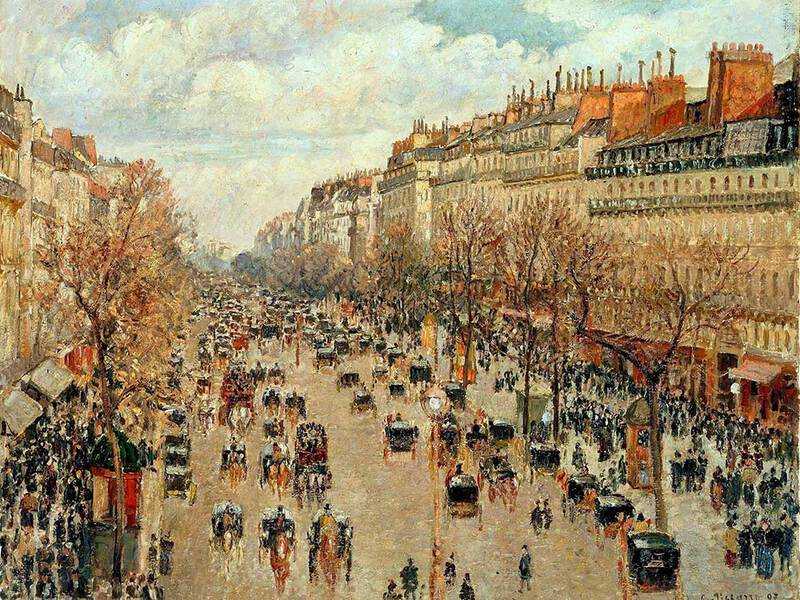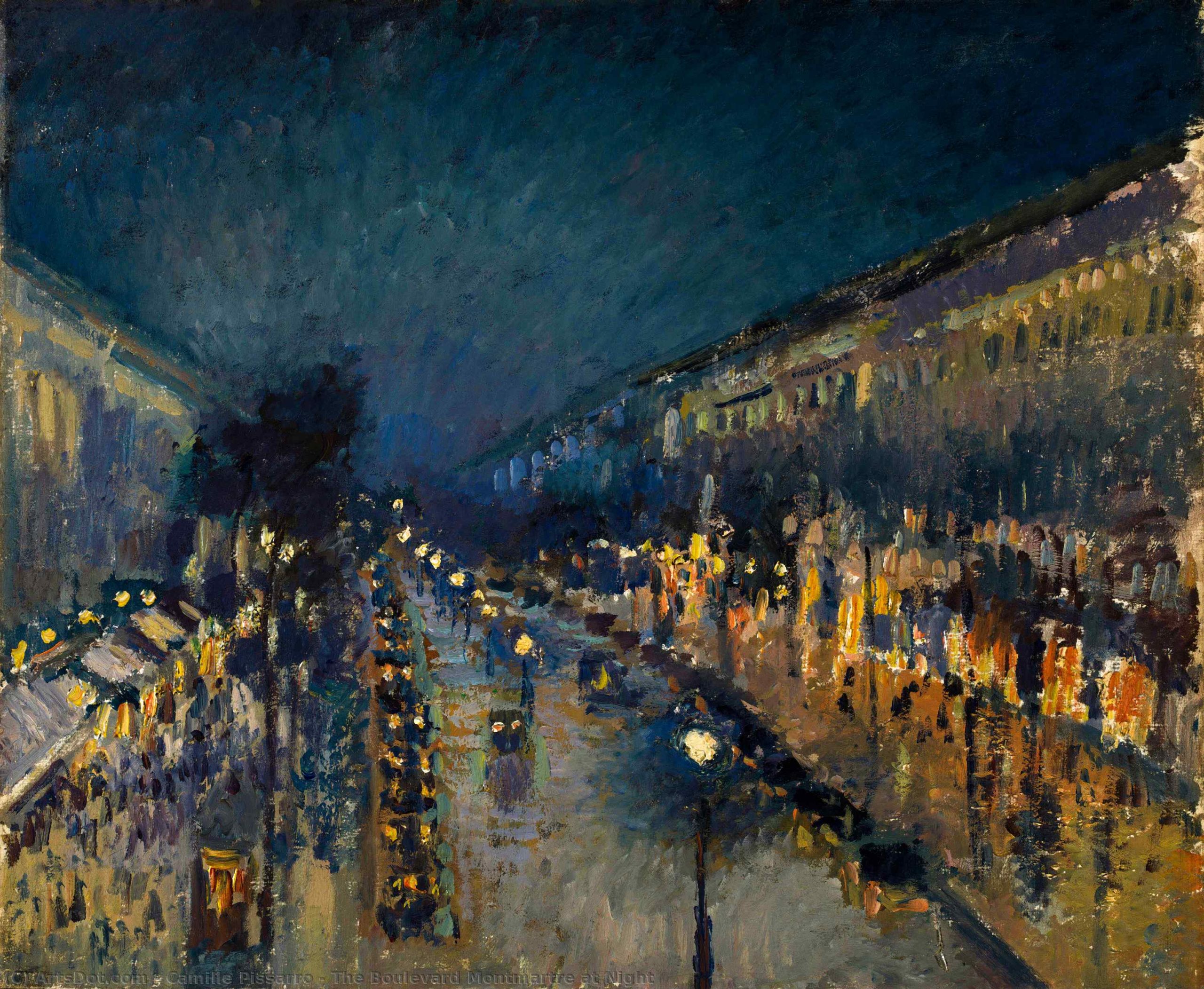“I am in Heaven when I paint and also in hell at the same time, because I don’t improve”.
He was born in 1830 on the island of Saint Thomas in the Lesser Antilles, into a practicing Jewish family. After a period of education in France until 1847, he returned to his hometown to work as a merchant with his father. The misunderstanding that would later arise with his wife stemmed from his mother’s desire to see her son become a merchant, despite young Camille’s unwavering conviction that he was born to devote himself to painting.

In 1852, he embarked on a new journey to Caracas to pursue painting. Upon his return two years later, his father sent him to Paris, where he settled in 1855 to study landscape painting with Corot, his first inspiring teacher. He attended classes at the School of Fine Arts and the Académie Suisse. In 1863, he exhibited at the Salon des Refusés alongside Manet, becoming one of the founders of a group of artists who moved away from academic traditions and often held their meetings around a table at Café Guerbois. This group would later be called the Impressionists.
In 1870, with the disaster of the Franco-Prussian War, he took refuge in London, where he met Monet and studied the works of Constable and Turner. When he returned to France, he settled in Pontoise and began an intense and mutually influential relationship with Cézanne.

Camille Pissarro was the most restless and interested painter of the Impressionist group and soon established himself as one of its masters. Due to his greater age than the rest of the members of the Impressionist group, he always fought to maintain unity, respectability, and prosperity within the larger modern art movement. The painter was proud of the Impressionist label they had been given, defending that they were really dedicated to capturing and painting their impressions.
His rustic landscapes from 1800 became populated with figures, eventually painting scenes of peasants for several years, but with a totally different vision than realism. In these works, he employed the technique of pointillism, using worm-like and diagonally oriented brushstrokes to emphasize luminous effects and color.

In 1890, he abandoned pointillism to focus on Impressionist painting. Two years later, an exhibition of his works was held at the Durand-Ruel Gallery, which became the fairy godmother of his ultimate success. In 1893, he began painting series of civic views of Paris, placing his easel on a high floor to evoke the street atmosphere and perspectives of streets and avenues traveled by buses and crowds or the bridges of the Seine. These urban-themed paintings continued until his death, along with canvases of rustic scenes and fruit landscapes.
Pissarro’s figure was essential to the organization of the exhibitions held by the Impressionist group between 1874 and 1886, and he went down in history as the only artist to exhibit his works in all eight exhibitions.

The painter was very interested in the composition of the artwork and tended to associate with young emerging artists such as Gauguin or Signac.
The main theme that inspired his work were landscapes, sometimes featuring peasant figures, which reflected his anarchist identity and his firm belief that progress in society lay in decentralization and a return to the land. A sequence of urban landscapes of Rouen and Paris initiated in 1896 were also highly notable.

Pissarro’s recognition was also reflected in the written media of the time, as an article published in “Chronique des Arts” in Paris affirmed that the painter would remain the promoter of the impressionist style, which was undeniably effective in a large part of French artistic production.
He himself was the only person he accepted as a critic in the evaluation of his works. For a long time, his relationship with critics was quite poor, as he did not listen to the opinions of others, firmly convinced that he did not need criticisms or praise.
Throughout his life, he went against what both his parents and his brother and wife expected of him, but continued painting, convinced that it was the way to sow the future, fighting against the adversities that put hunger, illness, and the death of children as tests.

Camille was a man of great humanistic culture who delved deeply into philosophy, asking continuous questions especially about the durability of art.
On November 13, 1903, one of the greatest painters of the impressionist movement died on Boulevard Morland in Paris, leaving as a legacy one of the most noble and meritorious art collections in the history of art.
The work of Camille Pissarro, recognized today throughout the world, has managed to “preserve the color, character, and vitality of a moment, a place, a person…”.




